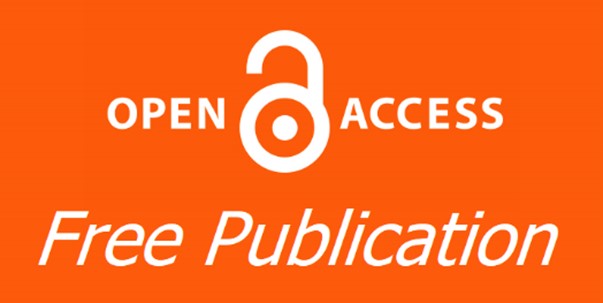Article Type
Article
Abstract
Introduction
Insertion of intranasal splints (INSs) after septal surgery with or without turbinate surgery can cause significant pain and discomfort. To date, there is no evidence on the accepted optimal time for INS removal.
Aim
This study aimed to investigate the optimal time for INS removal in patients undergoing septal surgery.
Patients and methods
A prospective randomized clinical study was carried out in Benha University Hospital from April 2018 to February 2019. It included 60 patients who underwent septoplasty with or without turbinoplasty. All patients had been splinted by a silicone nasal splint bilaterally.
Patients were allocated into three groups (A, B, and C) according to the time of splint removal (3, 5, and 7 days, respectively). The three groups were compared on bleeding, pain, infection, septal hematoma, septal perforation, crustation, and adhesions.
Results
The median pain score was significantly higher in group C than group A (P=0.031). The median pain score was significantly higher in group C than group B (P=0.045). Adhesions showed a statistically insignificant difference between the three groups (P=0.766). Crustations showed a statistical insignificant difference between the three groups (P=0.863). Bleeding showed a statistically insignificant difference between the three groups (P=0.863). Infection showed a statistically insignificant difference between the three groups (P=0.766). No septal perforation or hematoma was recorded.
Conclusion
Early removal of INSs significantly affects patient comfort and decreases pain. However, the incidence of other postoperative complications increased with short splint duration, but this was statistically insignificant. Therefore, we recommend INS removal after 5 days as an optimal removal time.
Keywords:
splint removal; optimum timing; septoplasty, pain, bleeding, infection.
Recommended Citation
E. Hassan M, Hashem HF, Abdelsamei A,
et al.
Intranasal splint removal after septal surgery: optimum timing.
Pan Arab J. Rhinol.
2021;
11 : 77-82.
Available at:
https://pajr.researchcommons.org/journal/vol11/iss2/3
DOI: https://doi.org/10.4103/pajr.pajr_14_20
















